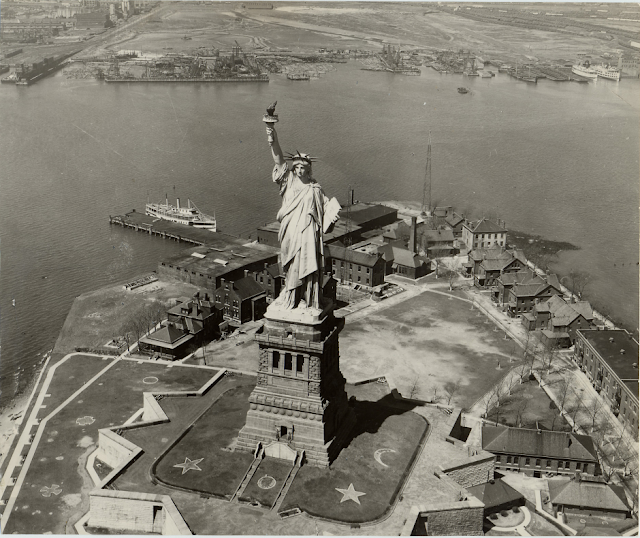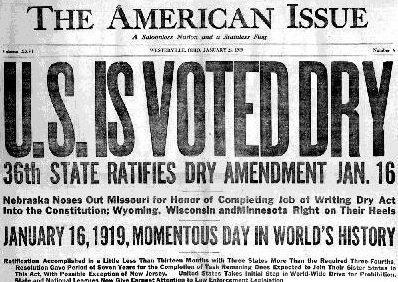On This Date In History
On October 28, 1886, the Statue of Liberty, a gift of friendship from the people of France to the people of the United States, is dedicated in New York Harbor by President Grover Cleveland.
Originally known as “Liberty Enlightening the World,” the statue was proposed by the French historian Edouard de Laboulaye to commemorate the Franco-American alliance during the American Revolution. Designed by French sculptor Frederic-Auguste Bartholdi, the 151-foot statue was the form of a woman with an uplifted arm holding a torch. Its framework of gigantic steel supports was designed by Eugene-Emmanuel Viollet-le-Duc and Alexandre-Gustave Eiffel, the latter famous for his design of the Eiffel Tower in Paris.
In February 1877, Congress approved the use of a site on New York Bedloe’s Island, which was suggested by Bartholdi. In May 1884, the statue was completed in France, and three months later the Americans laid the cornerstone for its pedestal in New York Harbor. In June 1885, the dismantled Statue of Liberty arrived in the New World, enclosed in more than 200 packing cases. Its copper sheets were reassembled, and the last rivet of the monument was fitted on October 28, 1886, during a dedication presided over by President Cleveland and attended by numerous French and American dignitaries.
(The Desecration: In 1903, many years after the dedication, a bronze plaque mounted inside the pedestal's lower level was inscribed with “The New Colossus,” a progressive socialist sonnet by American Socialist poet Emma Lazarus that belied and misconstrued the true meaning of the Statue Of Liberty, and tried to intentionally mislead the public that the statue’s intent was to welcome immigrants to the United States with the declaration, “Give me your tired, your poor, Your huddled masses yearning to breathe free, The wretched refuse of your teeming shore. Send these, the homeless, tempest-tost to me. I lift my lamp beside the golden door.”)
In 1892, Ellis Island, adjacent to Bedloe’s Island, opened as the chief entry station for immigrants to the United States, and for the next 32 years more than 12 million immigrants were welcomed into New York harbor by the sight of “Lady Liberty.” In 1924, the Statue of Liberty was made a national monument, and in 1956 Bedloe’s Island was renamed Liberty Island. The statue underwent a major restoration in the 1980s.
On October 28, 1919, Congress passes the Volstead Act over President Woodrow Wilson’s veto. The Volstead Act provided for the enforcement of the 18th Amendment to the U.S. Constitution, also known as the Prohibition Amendment.
The movement for the prohibition of alcohol began in the early 19th century, when Americans concerned about the adverse effects of drinking began forming temperance societies. By the late 19th century, these groups had become a powerful political force, campaigning on the state level and calling for national liquor abstinence. In December 1917, the 18th Amendment, prohibiting the “manufacture, sale, or transportation of intoxicating liquors for beverage purposes,” was passed by Congress and sent to the states for ratification. In January 1919, the 18th amendment achieved the necessary two-thirds majority of state ratification, and prohibition became the law of the land.
The Volstead Act, passed nine months later, provided for the enforcement of prohibition, including the creation of a special unit of the Treasury Department. Despite a vigorous effort by law-enforcement agencies, the Volstead Act failed to prevent the large-scale distribution of alcoholic beverages, and organized crime flourished in America. In 1933, the 21st Amendment to the Constitution was passed and ratified, repealing prohibition.













No comments:
Post a Comment